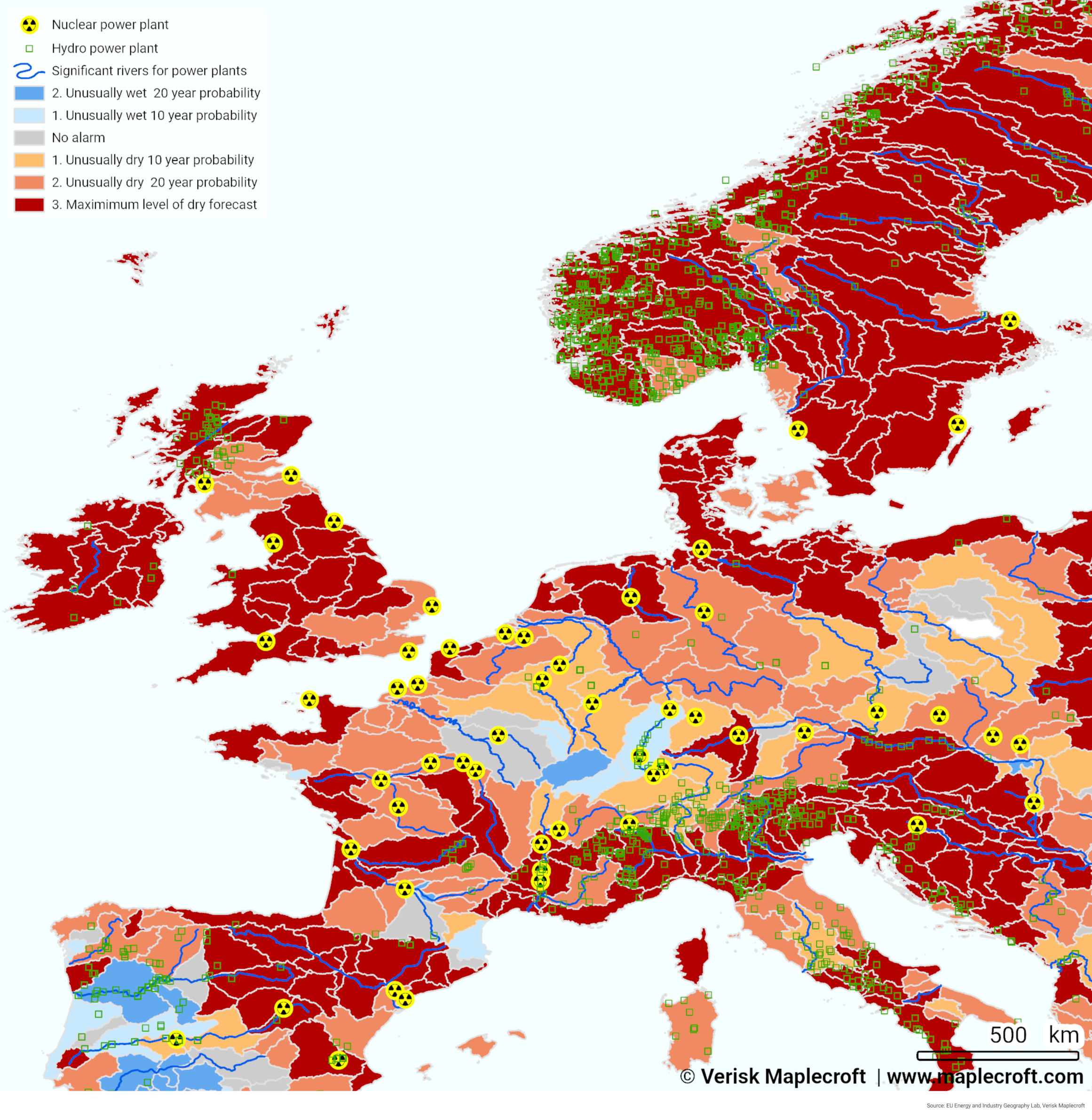Geospatial ESG investing
Learn more
EU’s proposed forced labour ban will test critical supply chains
EU’s proposed forced labour ban will test critical supply chains
Eileen Gavin - 20 September 2022
It’s been a big week for human rights, with the release of the International Labour Organisation’s latest modern slavery report and the long-awaited announcement by the EU of its Forced Labour Ban.
The proposed EU law will now pass through the various institutions and would take effect 24 months subsequent to enactment. The ambition is for the regulation to coincide with the full implementation of the EU’s Corporate Sustainability Due Diligence (CSDD) directive in or around 2026. All of which sits within the overall due diligence framework emerging at the EU level (which is enforced nationally).
As noted by James Sinclair of our Human Rights team, the EU provision is broader in scope than the Uyghur Forced Labor Prevention Act (UFLPA) signed into law by President Biden in December 2021, as it covers all products no matter where they are made – whereas the UFLPA is Xinjiang-specific. However, it is designed to be a manageable due-diligence process rather than a full ban, albeit compliance will be difficult if there is a strong connection to an area/industry known to be at high risk of forced labour, he notes.
The provision will be 'risk based and intelligence led' and there is some rather imprecise wording about what authorities can do in the absence of evidence or co-operation from jurisdictions or industries. There may be some partial reversal of the burden of proof in these cases.
However, this is likely to be subject to legal challenge, this law will come under some pressure both from corporate Europe, as well as from the countervailing pressure to increase renewable energy sources such as solar, which are heavily China dependent (from inputs all the way through to manufactured products).
Indeed, the RePowerEU proposal aims to boost the share of renewables in the EU’s final energy consumption to 45% by 2030.
As things stand, much of the photovoltaic (PV) and wind technology supply chain scores high or extreme risk on our Forced Labour Index, according to our Industry Risk tool. And the metals and mining sector, crucial to sourcing the raw minerals needed for the energy transition, is the worst-performing sector on our Forced Labour Index.
Other sectors at-risk of supply chain disruption due to the EU’s proposed forced labour ban include agricultural products, construction, and textiles.
It is unlikely that producers based in China and other high-risk jurisdictions will move their entire production chains elsewhere. Instead, they may diversify some manufacturing to lower risk jurisdictions so as to cater for Western demand, while finding alternative buyers for other products.
Capucine May of our Europe team expects tense debates on the proposal, with the Parliament pushing for more stringent and specific restrictions similar to the UFLPA, and the Council likely advocating for a broader approach less likely to ruffle Beijing’s feathers.
Already, state-run news outlets in China have framed the EU’s proposal as another move in the West’s ‘battle’ against developing countries. According to May, China may respond with retaliatory measures, most likely some form of state-backed boycotts against Western companies and investors.
Chart of the week
Quote of the week
Earth is now our only shareholder.
Yvon Chouinard
Yvon Chouinard, Founder of Patagonia, 15 September 2022
What we’re reading
- Australia: Integrating sustainability goals across the investment industry, PRI, 12 September 2022
- Global debt monitor: Growing risks for emerging markets, IIF, 14 September 2022
- The Biden administration aims to quantify the costs of ecological decay, The Economist, 15 September 2022
- Reforms needed to free investors to consider ESG factors, ESG Investor, 15 September 2022
- America's climate envoy is advising against long-term gas projects in Africa, but the continent needs it for industrialisation, Business Insider Africa, 16 September 2022
- The world has a $1 trn La Nina problem, Bloomberg, 16 September 2022
- What could Brazil’s Post-Bolsonaro climate policy look like?, Foreign Policy, 16 September 2022
- Putin’s next move in Ukraine, mobilize, retreat, or something in-between?, Foreign Affairs, 16 September 2022
- Even Xi is unimpressed with Putin’s bungling autocracy, The Spectator, 16 September 2022
- Pensions push back at ‘ridiculous’ DeSantis-Led attacks on ESG, Bloomberg, 16 September 2022
- India's Modi calls for building resilient supply chains at SCO summit, Nikkei Asia, 16 September 2022
- Orhan Pamuk: ‘Erdoğan cannot curtail anyone’s voice any more’, FT, 17 September 2022
